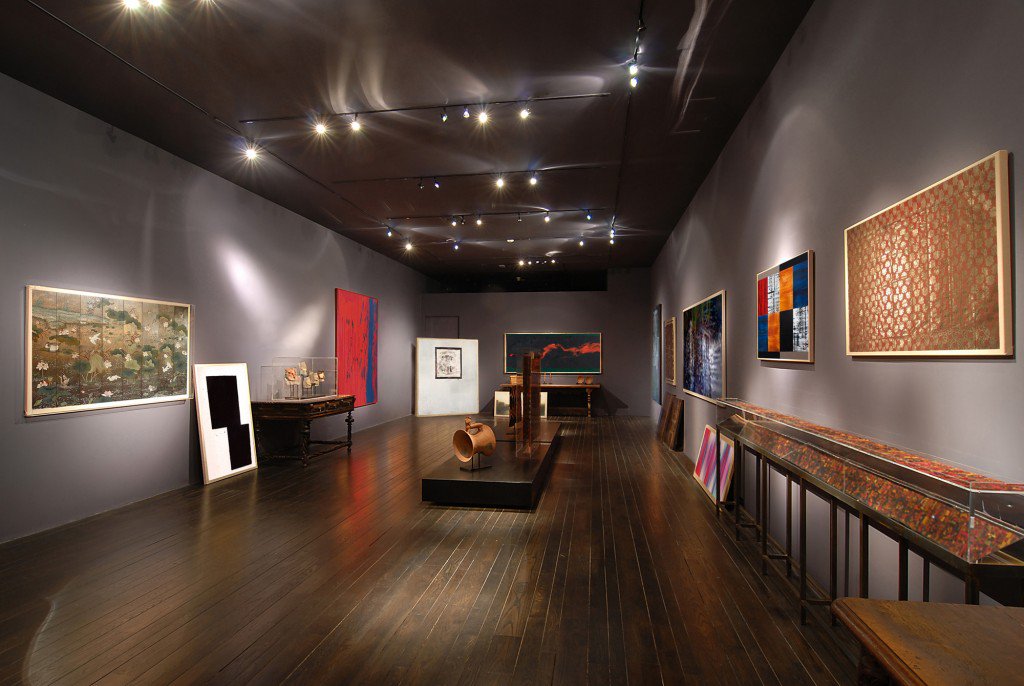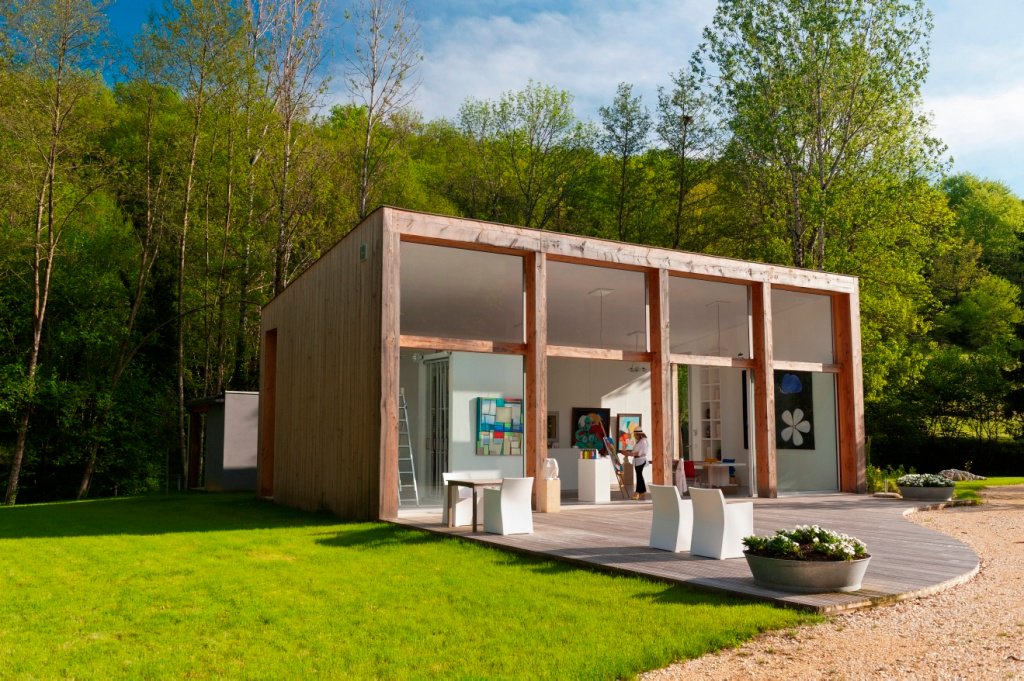The Art of the Collection: In-Home Art Curating
Art takes center stage in luxury homes as never before
Art takes center stage in luxury homes as never before
Residential luxury trends of the past year capture a homeowner’s passion for collectibles and their in-home display—be that art, wine, spirits, cars, books, sporting memorabilia, and yes, even handbags. We have curated the most elegant presentations from our global property home collection while enlisting insights and commentary from both our network’s real estate professionals as well as our colleagues at Christie’s, the world’s leading art experts.
In-Home Art Curating
Today, art takes center stage in luxury homes as never before. New urban developments are being planned with expansive wall space and art-friendly windows, which invite city views but block out the UV rays compromising fine paintings. And that’s just part of the artful-property story.
Says Joe Liguori of Premier Estate Properties in Boca Raton, Florida, “You have to remember that the value of the artwork can easily exceed the value of the home. And now with Florida architecture moving towards mid-century modern the result is wide galleries with great walls, 12 to 15 feet high, perfect for displaying art. Particularly contemporary art. For some of my clients, the collecting is as important as the display. I’ve seen some donate their art to a museum so that they could build a whole new collection.”
In a private home, entire wings may be devoted to an owner’s art collection, affording their valued acquisitions the dedicated space they deserve. Elaborate museum-quality hanging systems with wires and pulleys assure that collections are optimized, re-grouped, and refreshed as new acquisitions enhance the overall motif. (Without those annoying nail holes.)

“Art is the new vernacular in luxury housing. Years ago, when people started remodeling for resale, everyone had a pool, so a tennis court became the new status. Then it was a stables, filtered water, a crowd theater, or his and her master suites which took up 25 percent of the home’s total square footage. Today, Contemporary Art is a driver. As this category grows in popularity at auction sales, buyers need homes with high ceiling heights and gigantic walls in order to showcase these enormous pieces of art,” adds Jeff Hyland of Hilton & Hyland Real Estate in Los Angeles, California.
People used to buy art to decorate newly purchased homes. Now people buy new homes to
showcase their expanding art collection.
Brooke Lampley, Christie’s
Detached galleries on an estate’s grounds, separate from the main residence, further enhance the museum experience by accommodating furnishings and other collectibles from the art genre for a more comprehensive presentation. Being separate from the home, these enclaves are ultimately private and reserved for special guests.

Off-Site Private Museums
Important art collectors with extensive portfolios are quietly opening their own private museums in separate real estate holdings dedicated to art. In doing so, they are serving a public good: Opening their passion and vision to widespread appreciation and education while also maintaining greater control over the entirety of their collections.
While international laws differ, donors can expect to receive tax relief if their private museum serves a clear educational purpose by making the works available for public viewing, research or traveling exhibitions. By sharing rare and hidden treasures, the philanthropic payback is immeasurable.
Books
Those who believed that the decline of print would result in a move away from in-home libraries were a little extreme. While the long term impact of digital books is still to be seen, in-home libraries are showing up in more and more luxury homes, a testament to the enduring value of words committed to the page and beautifully bound for the ages.
There is a fascinating tension between the private nature of a closed book and the public face of titles on spines which reflect the collector’s very essence.
Meg Ford, Christie’s
“Considering what a private passion book collecting is, libraries are in fact very revealing. There is a fascinating tension between the private nature of a closed book and the public face of titles on spines which reflect the collector’s very essence. The resurgence in libraries in the home echoes this tension, providing a private refuge as well as a welcoming public space. When one shares a library, he shares himself,” says Meg Ford, International Head of Books, Christie’s.
According to Michael Saunders of Michael Saunders & Company, in Sarasota, Florida, “Million-dollar homes are selling not necessarily out of a desire to turn a profit, but to allow owners to pursue their lifestyles. Luxury buyers are looking for an experiential lifestyle that is anchored by the homes they choose to buy. That experience for some may well include a 20-plus-seat movie theater or custom library.”